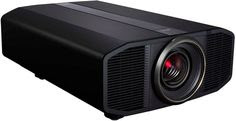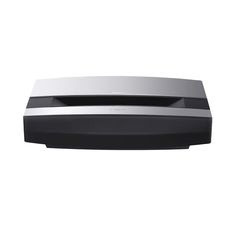In this article I will introduce you to a method of displaying laptop computer screens through a connected projector.
In this article I will introduce you to a method of
displaying laptop computer screens through a connected projector. By following
the steps outlined in this article, you will be able to control your laptop's
screen and project an image from it on a large screen in front of you.
This is great for anyone who is trying to share their
laptop's screen for presentations or if you just want a more immersive
experience with that cool application you downloaded from the internet. This
guide has been tested on both Windows laptops and Macs and should work
perfectly on both platforms. Let's get started
Write an introduction to an informative blog post titled
"The 37 Best Websites To Learn Something New". Do not forget to
include the following content:
In this guide we will be looking at the 37 best websites
that teach you new skills.
This broad topic could be covered in several blog posts, but
we feel there's a lot to share with you on this one.
If you're like us, one of your greatest concerns is how to
get more stuff done. We believe that while learning is still important and even
critical at times, it should be something that comes naturally to you. We want
to show you how you can use a variety of free online resources to teach
yourself new skills that will help improve your life in all sorts of ways. For
the majority of us, the first time we use a projector will be for work or study
purposes - either on behalf of our employer or for our own studies. The
following article will explore how to best go about displaying your laptop's
screen image through a connected projector.
1) When you're projecting on a blank white wall, make sure
it is plain white and not yellow or cream. This means you should cover up any
pictures, paintings, posters etc. that are hanging there before projecting
(image source).
2) When you're projecting on a white wall, either use a
reflecting panel or a diffuser. Both of these will make the white wall stand
out, making it more effective at showing the projected image. If using the
diffuser, you may need to experiment with different shapes to get the picture
most pleasing. The reflector is preferable because it keeps the white wall
plain, but is often more expensive (image source).
3) It is also good practice to avoid over-projecting any
bright objects behind your laptop. A good rule of thumb would be to project
around 50% of what could be seen through an angled mirror or light box (image
source).
4) When projecting on a screen, ensure it is plain white and
not yellow or cream according to the same tips as those outlined in point 1).
5) If using the projector with a white wall, place furniture
behind it to keep it plain. Make sure there are no bright objects behind when
using a screen. The projector's focus can also vary so make sure you
familiarise yourself with how close or far away you should be from whatever you
are projecting onto (image source).
For most people, this article will be sufficient because
they will only use their laptop with a projector occasionally. Those who use
them regularly within their professional careers will likely have the
opportunity to learn from their colleagues.
(This article was edited on Saturday 21st April to make it
clearer which type of laptop is being discussed. Apologies for the confusion.)
2ndly: There are a few inefficiencies in trying to display through LED or LCD projector screens (which can be dim) see this article for more info. You can also read about how focus should be adjusted here. I'm not pushing either of these theories as they can only be applied to our own personal experiences of using a projector.
In the end, this is all very subjective. I can provide some
information and you will have to make your own decision on what to believe.
I've attached a few images of the setup we use in our workshops, but this is
only to illustrate the point that you can use a laptop with any type of screen
(even a projector's) and still get fantastic results.
Your browser does not support iframes.
The reason we use projection in our workshops is because
most people already have projectors available, or can borrow one quickly. We
don't want to go through the lengthy process of setting up a screen for
demonstrations because it would mean having to carry more equipment around
anyway. This means we can save time and focus on the demonstration, rather than
spending time setting up or tearing down.













Comments
Post a Comment